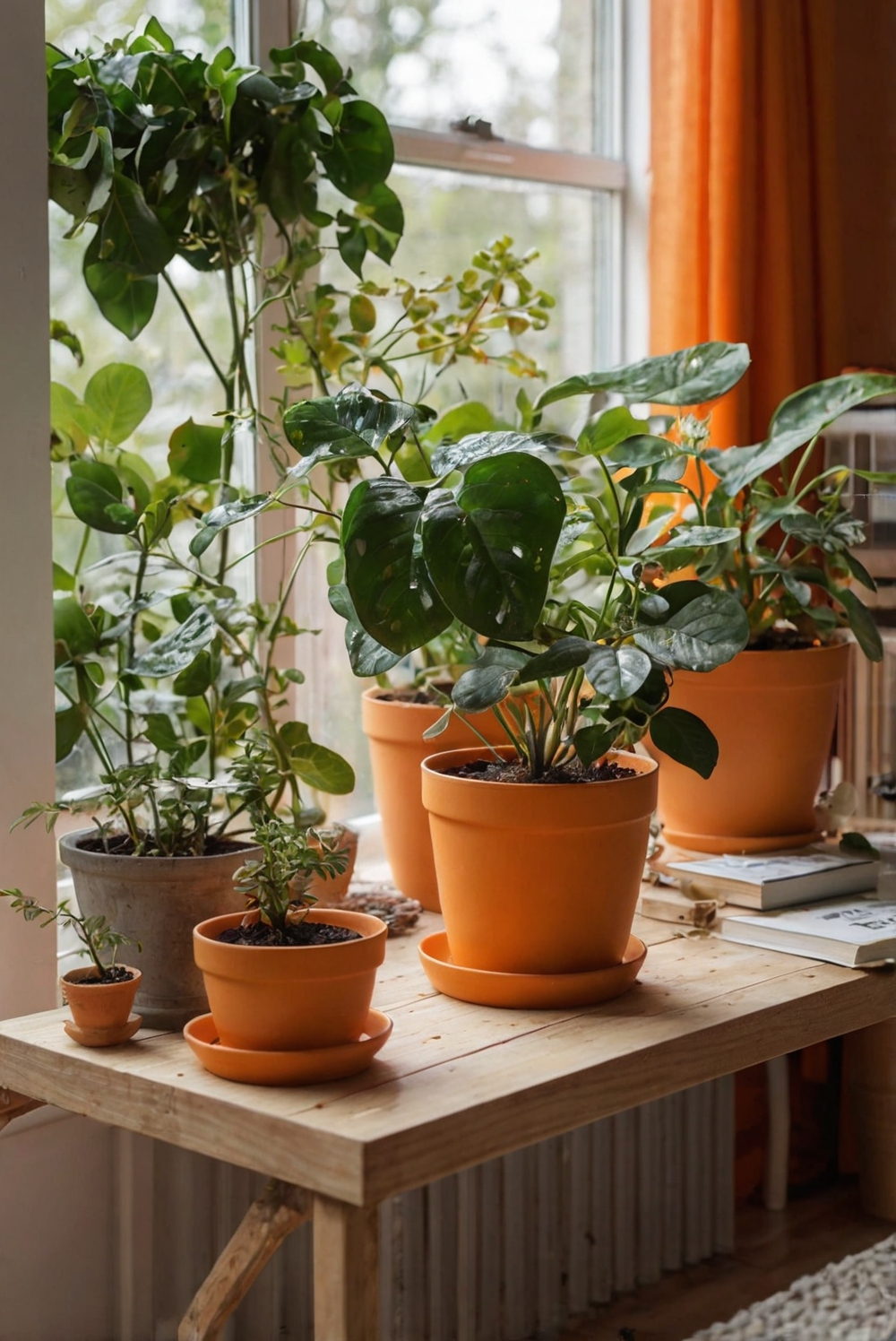Explore plant watering needs and how to create a manageable schedule. Join us for a daily peek into the life of an interior designer with decor inspiration.
The watering needs of different plants vary based on their species and location in the home. Succulents prefer infrequent watering, typically every 2-3 weeks, while tropical plants like ferns may need water every 1-2 weeks. It’s important to consider factors such as sunlight exposure, humidity levels, and pot size when establishing a watering schedule. Using a moisture meter can help you determine when it’s time to water. Overwatering can lead to root rot, while underwatering can cause wilting and stunted growth. Create a watering routine that fits your plant collection, and consider grouping plants with similar needs together to simplify maintenance.
What are the watering needs of different plants?
Different plants have varying watering needs based on factors such as their species, size, growth stage, and environment. It is crucial to understand these needs to ensure the health and vitality of your plants. Some plants require frequent watering, while others prefer to dry out between watering sessions. Overwatering or underwatering can lead to various issues such as root rot or dehydration.
How can I set a watering schedule?
Setting a watering schedule for your plants is essential to maintain their well-being. Start by researching the specific watering requirements of each plant species in your garden. Consider factors like soil type, drainage, weather conditions, and the plant’s growth stage. Create a watering calendar based on these factors and adjust it as needed.
What are some important points to keep in mind when watering plants?
When watering plants, it is crucial to water at the base of the plant to prevent fungal diseases and promote deep root growth. Use a watering can or a drip irrigation system to deliver water directly to the roots. Avoid watering the foliage, especially during hot and sunny days, as it can lead to sunburn and evaporation. Check the soil moisture before watering to prevent overwatering.
What are the consequences of overwatering plants?
Overwatering plants can lead to root rot, a condition where the roots become waterlogged and deprived of oxygen. This can cause the plant to wilt, develop yellow leaves, and eventually die. To prevent overwatering, allow the soil to dry out between watering sessions and ensure proper drainage in your pots or garden beds.
How can underwatering affect plant health?
Underwatering plants can cause dehydration, wilting, and stunted growth. In severe cases, it can lead to permanent damage or death of the plant. To avoid underwatering, monitor the soil moisture regularly and water your plants deeply when needed. Consider factors like temperature, humidity, and plant size when determining the watering frequency.
In conclusion, understanding the watering needs of different plants is essential for maintaining a healthy and thriving garden. By setting a proper watering schedule, considering important points like watering at the base of the plant and avoiding overwatering, you can ensure the well-being of your plants. Regularly monitor the soil moisture and adjust your watering practices as needed to provide the optimal growing conditions for your plants. Experiment with different watering techniques and observe how your plants respond to find the best watering schedule for each species. Remember that proper watering is key to a successful garden and happy, thriving plants.

